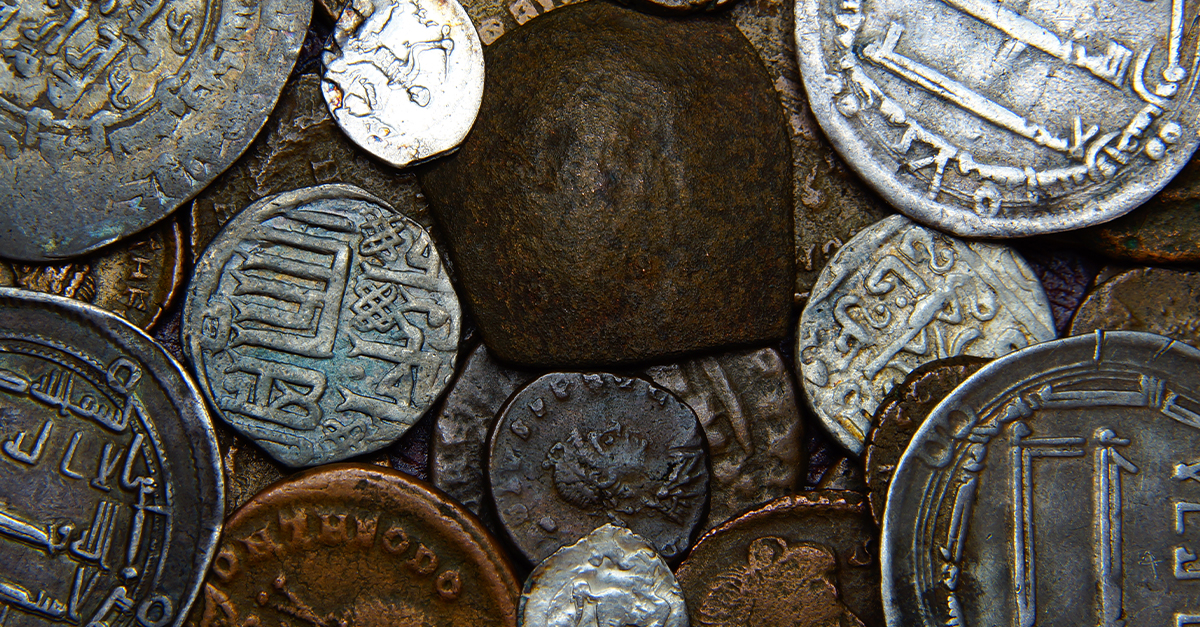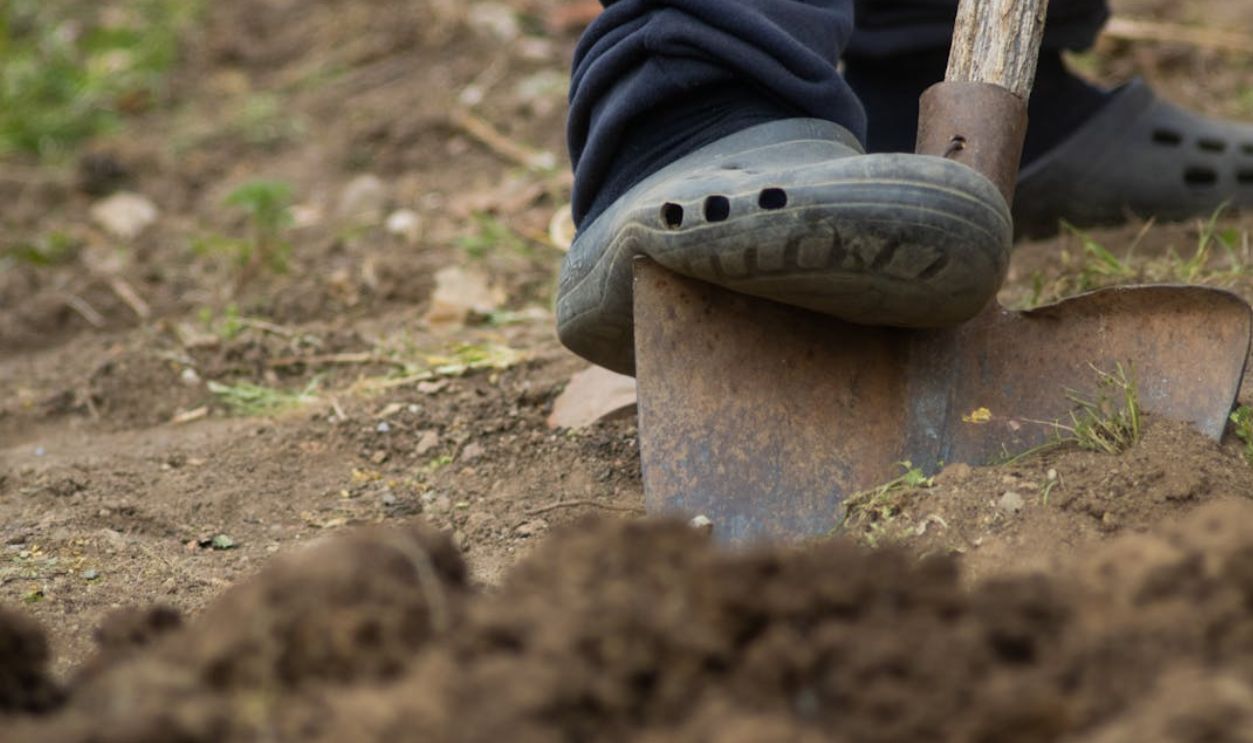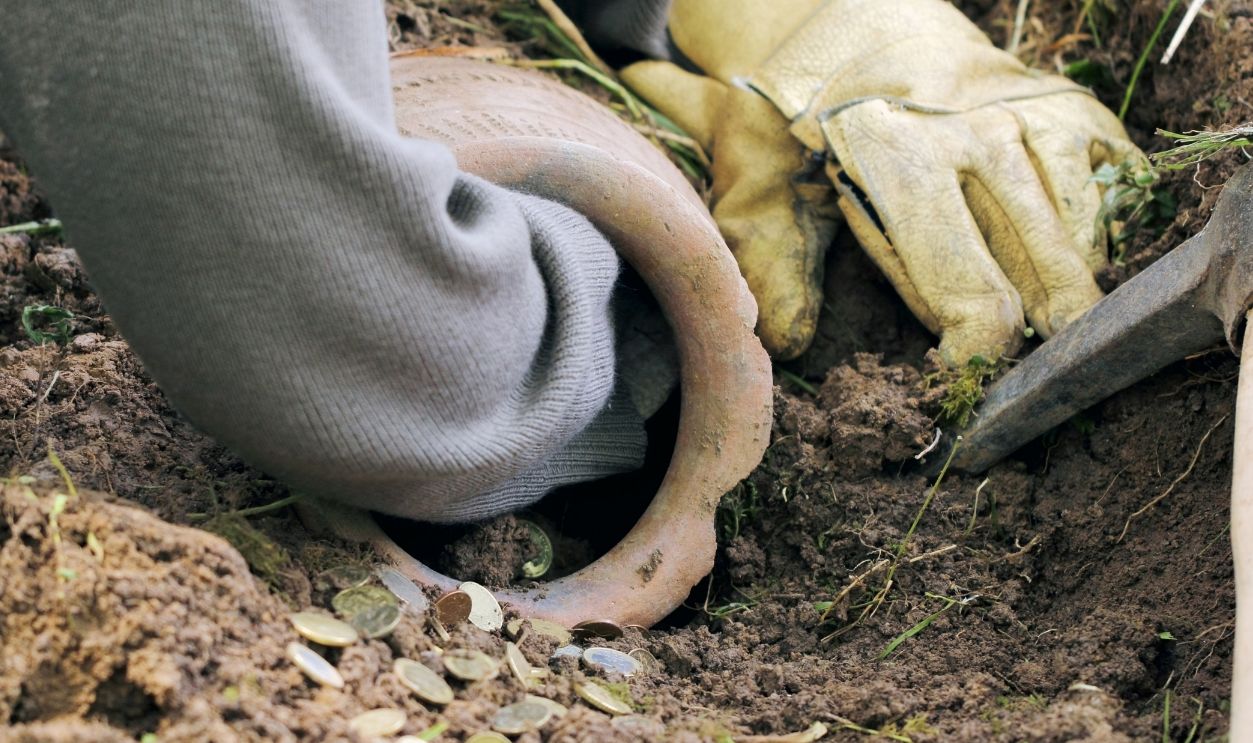A Simple Quest
A Swedish man set out one morning near his summer cottage outside Stockholm to do some digging for worms for fishing bait. Little did he know his spade would strike something far older and more valuable than mere earthworms. In the quiet forest near his home lay a story of hidden treasure waiting centuries to be revealed.
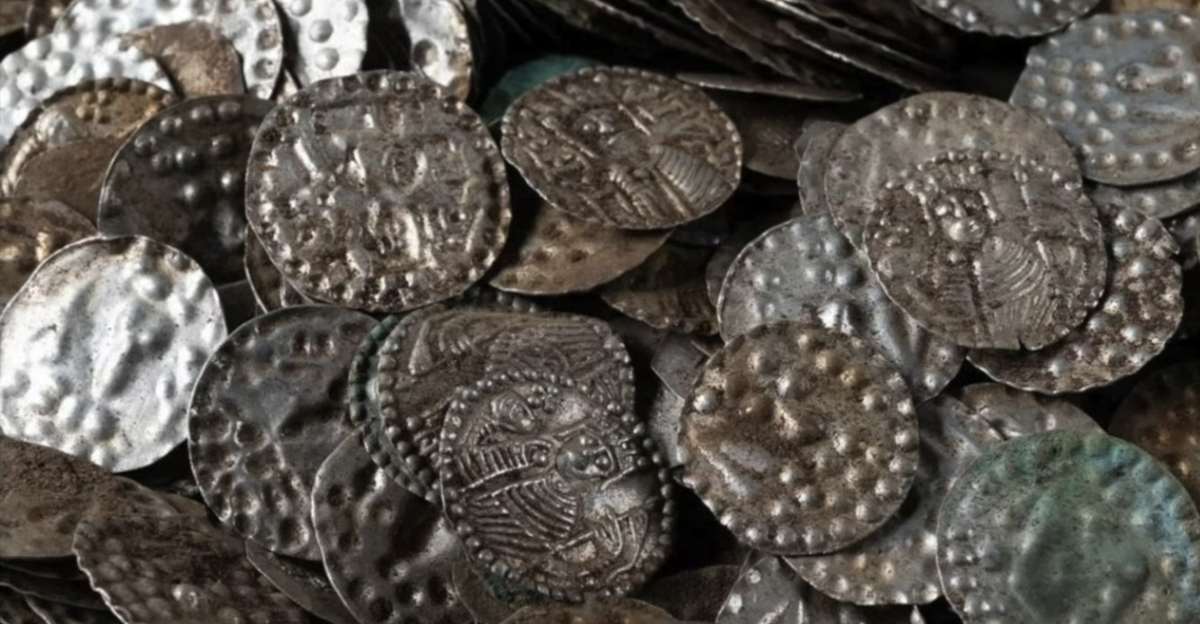
Unexpected Discovery
While digging through the soft soil, his shovel struck metal. Curious, he unearthed what turned out to be a battered copper cauldron, long corroded, its interior brimming over with silver coins and jewelry. He alerted the local authorities, as required by Sweden’s Cultural Environment Act. It was a phone call that set off an immediate investigation into one of the most amazing medieval finds in the country.
Weighing The Find: 13 Pounds Of History
Preliminary analysis placed the hoard’s weight at around 6 kg (13 pounds). This wasn’t just a handful of coins but a major cache: thousands of silver coins, rings, pendants, and beads. The sheer weight and scale of the trove shocked archaeologists: this wasn’t a forgotten purse, but more than likely a buried fortune waiting for just the right moment to emerge.
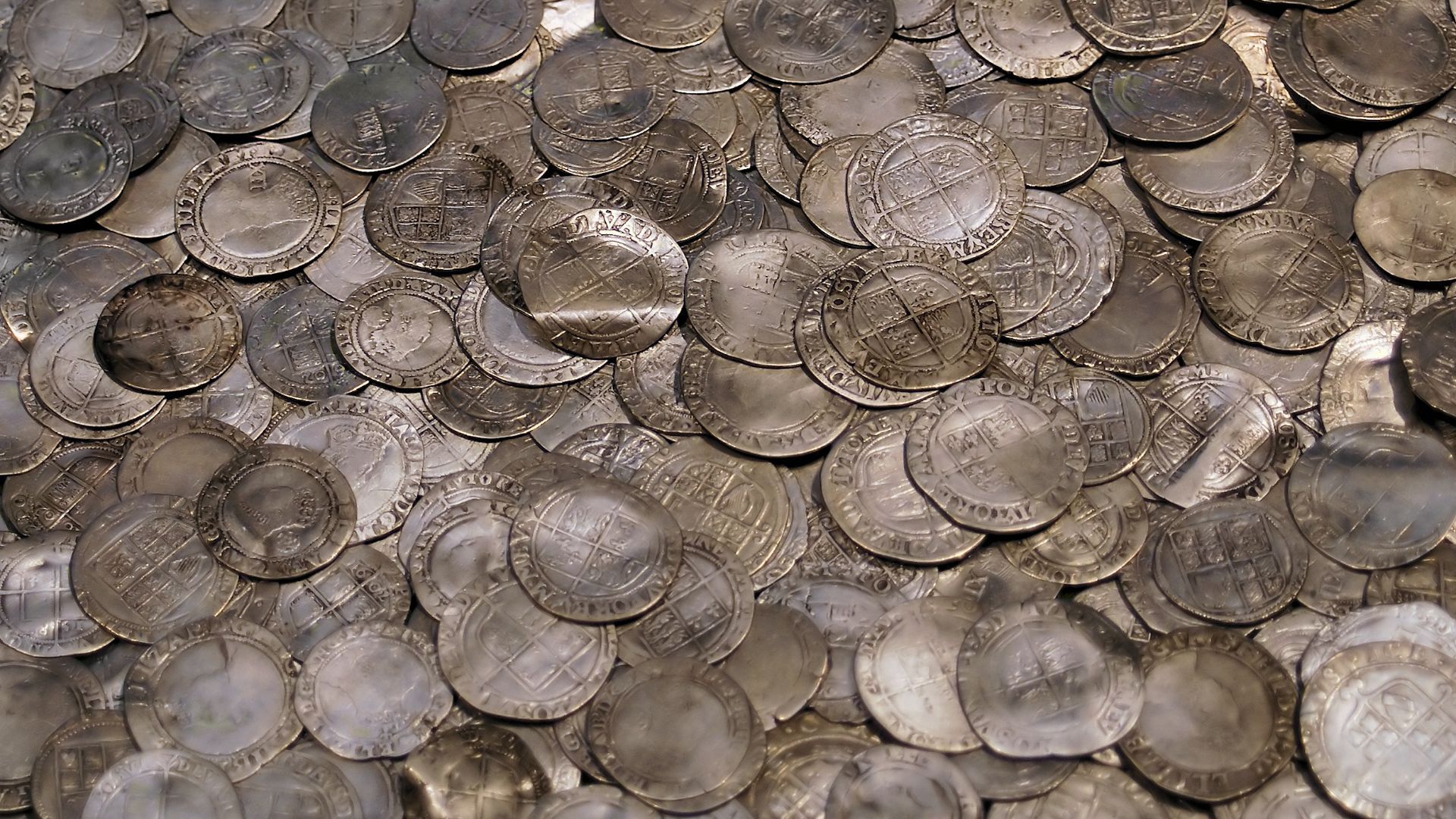 Hans Hillewaert, Wikimedia Commons
Hans Hillewaert, Wikimedia Commons
Estimating Up To 20,000 Coins
Experts figured this treasure trove could contain as many as 20,000 individual silver coins. Many bear visible inscriptions and imagery, including the Latin “KANUTUS” for King Knut Eriksson, who reigned supreme from 1173–1195. The overwhelming quantities of coins make this load one of the largest early‑medieval silver treasures ever discovered in Sweden.
 Unknown painter (at Old Dädesjö Church), Wikimedia Commons
Unknown painter (at Old Dädesjö Church), Wikimedia Commons
Dating And Minting: Coins Of A King
Most of the coins date to the 12th century, when King Knut Eriksson had reign in Sweden. The hoard also includes “bishop coins.” These were rare clergy‑minted issues depicting bishops with croziers. These details helped fix the deposition timeframe: a period of national unrest when prized valuables were likely squirreled away for safekeeping, but never retrieved.
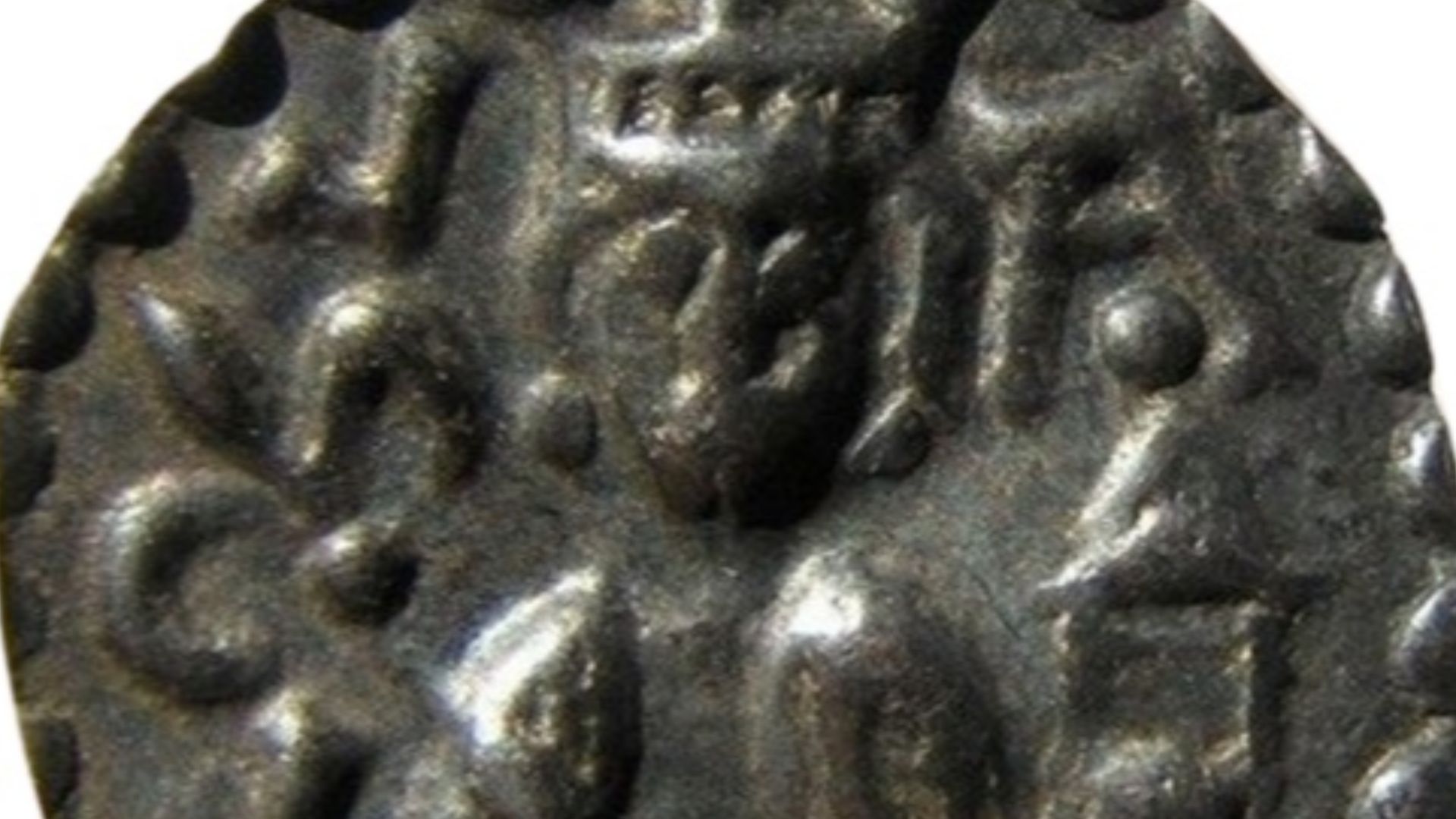 Unknown 12th century mintmaster; photo/scan by unknown, Wikimedia Commons
Unknown 12th century mintmaster; photo/scan by unknown, Wikimedia Commons
A Hidden Cauldron’s Secret
The copper vessel that held the hoard has mostly decayed, but its contents survived remarkably well. Buried underground for centuries, it was placed in its hidey-hole deliberately rather than carelessly lost. Its condition and context strongly suggest intentional burial. Someone hid this with the intent of coming back later to reclaim the loot, but they never came back.
A Troubled Time In Swedish History
The late 12th century in Sweden was a time of internal power struggles, the colonization of Finland, and frequent breakdowns and interruptions of royal authority. Archaeologists believe the hoard was deposited during this unstable time as a protective measure. The context sheds additional light on how people of that era safeguarded wealth amid chaos.
 Axel Norup Hedegaard, Wikimedia Commons
Axel Norup Hedegaard, Wikimedia Commons
The Finder’s Legal Path
Under Swedish law, anyone digging up ancient metallic treasures has to report them to the authorities. The finder followed this protocol by contacting the Stockholm County Administrative Board. Next steps: the board will report to the National Heritage Board, which will itself decide whether the state redeems the treasure and compensates the finder.
Who It Belonged To Then, And Who Claims It Now
Possible motives for the burial could include war, debt, or fleeing danger. As for today, though the finder dug it up, the state can lay claim to it under heritage law. The finder could receive compensation, but ownership will be determined by legal and heritage procedures. The logic of “finders-keepers” has no place here.
Archaeology Meets Metal And Money
Archaeologists are now carefully going through and cataloguing the hoard: coins, rings, pendants and beads. Each piece gives clues about trade networks, minting practices and medieval Swedish society. Rare bishop‑coins suggest ecclesiastical wealth co‑mingled with royal and private riches. This was an economic landscape more complicated and diverse than we often assume.
 Worcestershire Archaeology, Wikimedia Commons
Worcestershire Archaeology, Wikimedia Commons
Trade, Minting, And The Silver Economy
The presence of bishop‐minted coins and king‐issued currency points to a multi‑layered medieval economy. Silver coins circulated widely as everyday legal tender but also as bullion and jewellery. The hoard’s contents illustrate how wealth moved across classes, countries, and institutions in 12th‑century Scandinavia.
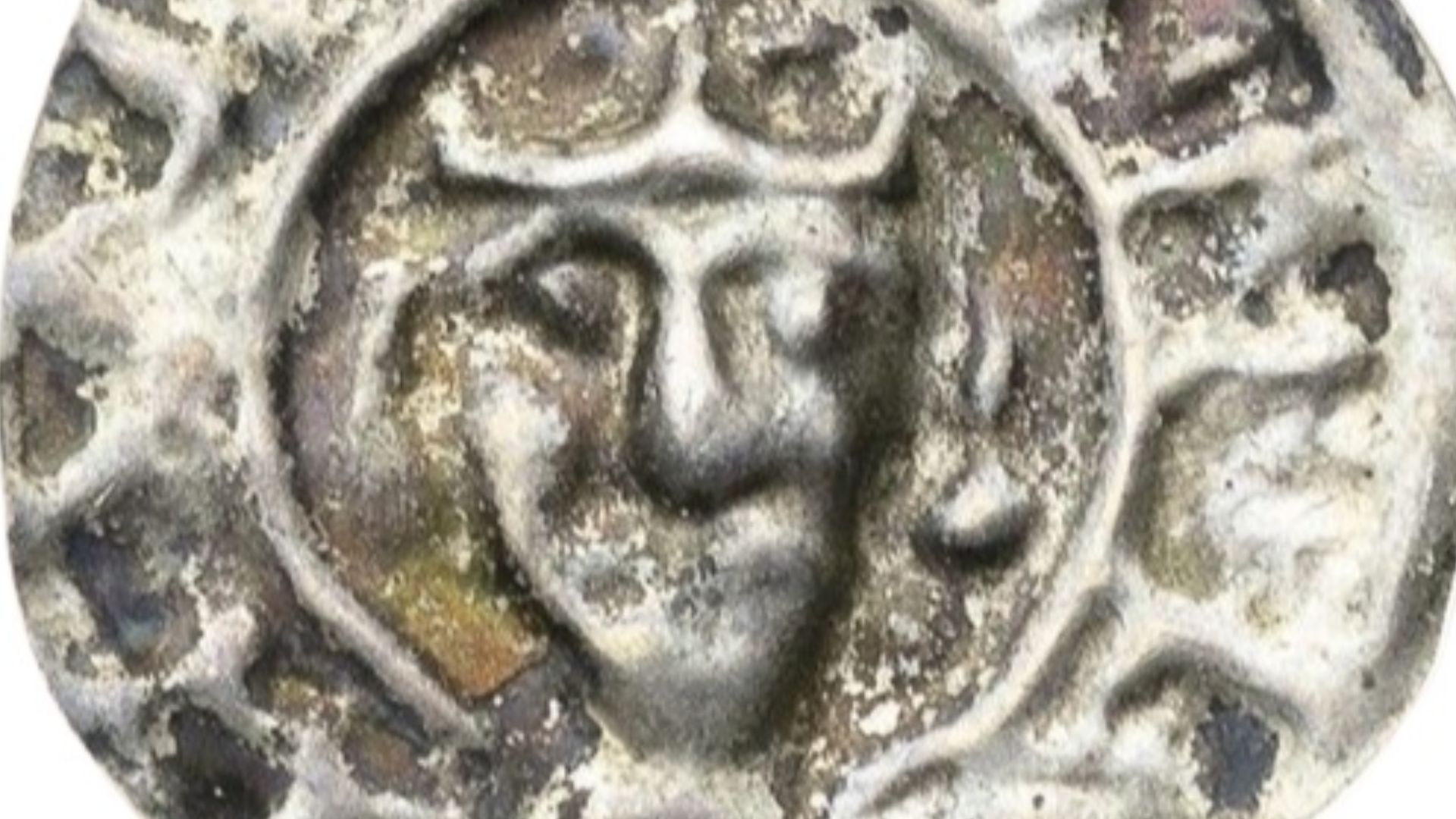 Unknown 13th century mintmaster; photo/scan by unknown, Wikimedia Commons
Unknown 13th century mintmaster; photo/scan by unknown, Wikimedia Commons
Regional Significance: Sweden’s Largest Early Hoard
Officials are convinced that this may be the largest early‑medieval silver hoard ever found in Sweden. Its location near Stockholm, which only formally became a city in 1252, suggests early hoarding of unimaginable wealth in remote hinterland zones to escape the unrest of cities. Its size and context make it a milestone discovery for Scandinavian archaeology.
 Lincolnshire County Council, Adam Daubney, 2010-06-29 11:25:15, Wikimedia Commons
Lincolnshire County Council, Adam Daubney, 2010-06-29 11:25:15, Wikimedia Commons
Preservation And Protection Of The Site
Authorities are keeping the exact spot it was found secret to protect it from looting and ensure the excavation is carried out properly. The soil around the site could still hold more deposits or associated structures. Preservation protocols now dictate how the cauldron and its contents will be handled, analyzed and put on display to the prying eyes of the public.
What The Coins Reveal About Power And Religion
Coins bearing a bishop’s crozier along with royal images show the close relationship of church and state. The hoard shows that bishops printed coins, which is a sign of ecclesiastical autonomy and wealth. It challenges assumptions that medieval power was solely royal, and highlights the role of religious institutions as major economic players.
The Wonder Of A Chance Discovery
What started out as a mundane activity of digging for bait worms turned into a pivotal historical moment. This accidental discovery reminds us that archaeology isn’t always about high‑tech expeditions. Sometimes it’s a shovel, curiosity, and an observant landowner aware that the hidden past lies just beneath our feet.
Implications For Medieval Swedish Studies
Scholars will use the hoard to refine dating of coin types, economic fluctuations, and burial practices. It poses several questions: Why was it never retrieved? Did its owner perish or flee? What does this say about social status in 12th‑century Sweden? The results of the study of these coins will echo through lecture halls, museums and history books for years to come.
 Billjones94, Wikimedia Commons
Billjones94, Wikimedia Commons
Museum Displays And Public Engagement
Once the coins are processed, many of them will likely go on display in Swedish museums along with a variety of other miscellaneous objects. Public interest is already at fever pitch. This hoard bridges the gap between everyday folks and medieval elites. It invites visitors to imagine the hands that once grasped these coins, counted them, squeezed them covetously, and hid them away without ever coming back to claim them.
 Statens historiska museer, Wikimedia Commons
Statens historiska museer, Wikimedia Commons
Tourism And The Heritage Landscape
The discovery adds a new layer to Sweden’s cultural heritage. Sites near Stockholm may attract visitors eager to explore Viking‑to‑medieval transitions, hidden treasure stories, and archaeology. Heritage authorities may use the find to promote preservation, education and responsible exploration of the nation’s past.
Ethical And Commercial Considerations
With treasure troves often come hard questions, such as: will the finder sell the items; how will conservation be funded; who profits; and how will heritage balance with private interests? It’s a textbook case of the ongoing debate about artifact ownership, public trust and legal frameworks for archaeological discoveries in a European context.
A Forgotten Fortune Unearthed
From a worm‑digging excursion to one of Sweden’s most remarkable medieval treasure hoards, this discovery blends chance with ancient upheaval. Some wealthy family, decades ago, hid a fortune and never came back. Today, scholars, heritage officials and the public have the priceless opportunity to peer into 12th‑century Sweden; and to think it was a man looking for bait worms that made it all happen.
You May Also Like:
Archeologists Solve The Mystery Behind A 2,000-Year-Old Artifact Found In A Family’s Backyard

